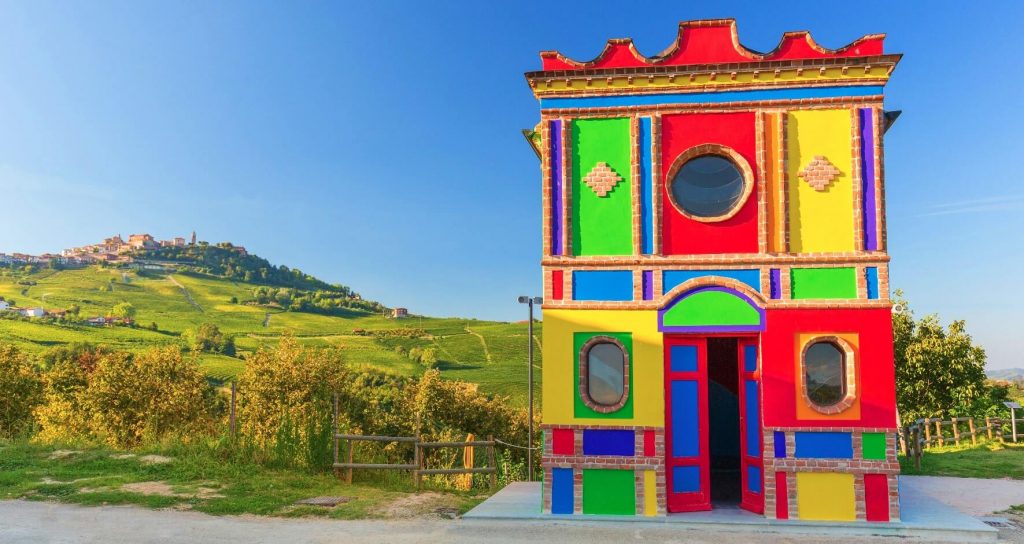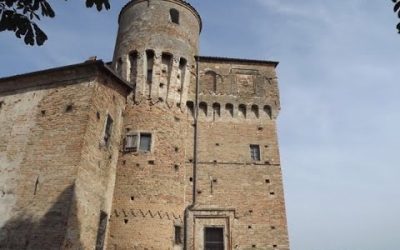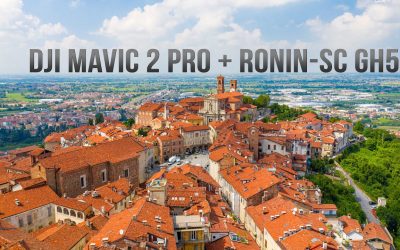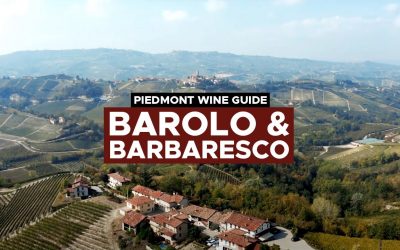Barolo Chapel: Cappella delle Brunate in La Morra
Discover the rich history and significance of Cappella delle Brunate, an iconic chapel nestled within the picturesque landscapes of the La Morra region. Explore the chapel’s origins, its place in local culture, and the enchanting tales that make it a must-visit destination.
Cappella Brunate in La Morra, Barolo Chapel
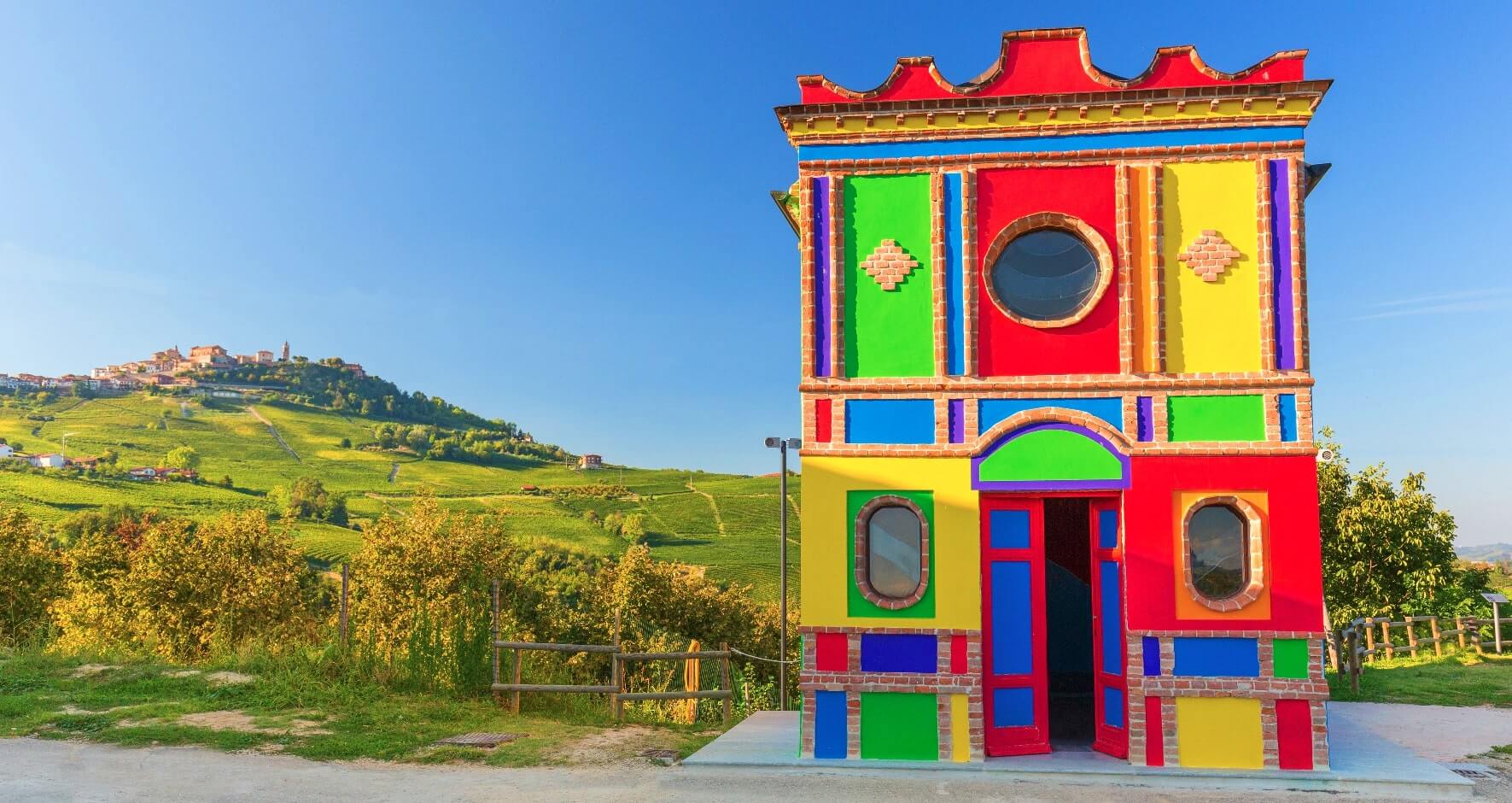
When planning a visit to Cappella delle Brunate, consider the seasons as the region transforms throughout the year, offering distinct experiences. Spring and autumn bring pleasant temperatures, making it ideal for vineyard tours. Getting to the chapel is part of the adventure – located amidst vineyards, it’s best reached by car or bicycle for those who wish to enjoy the scenic journey. The La Morra region is renowned for its wine, so a visit to the local vineyards is a must. Complement your trip with a visit to the local attractions in Barolo and immerse yourself in the region’s rich cultural heritage.
| Category | Details |
|---|---|
| Location | Cappella delle Brunate, La Morra, Near Barolo |
| Attraction | Historic Chapel and Surrounding Vineyards |
| Architectural Style | Contemporary |
| Nearby Attractions | Various Vineyards, La Morra region, Barolo region |
| Best Time to Visit | Spring and Autumn |
| Accessibility | Best reached by car or bicycle |
| Noteworthy Wines | Barolo and other local varietals |
| Cultural Significance | Symbolizes the region’s history and wine culture |
Visiting Cappella delle Brunate and Nearby Ceretto Vineyards
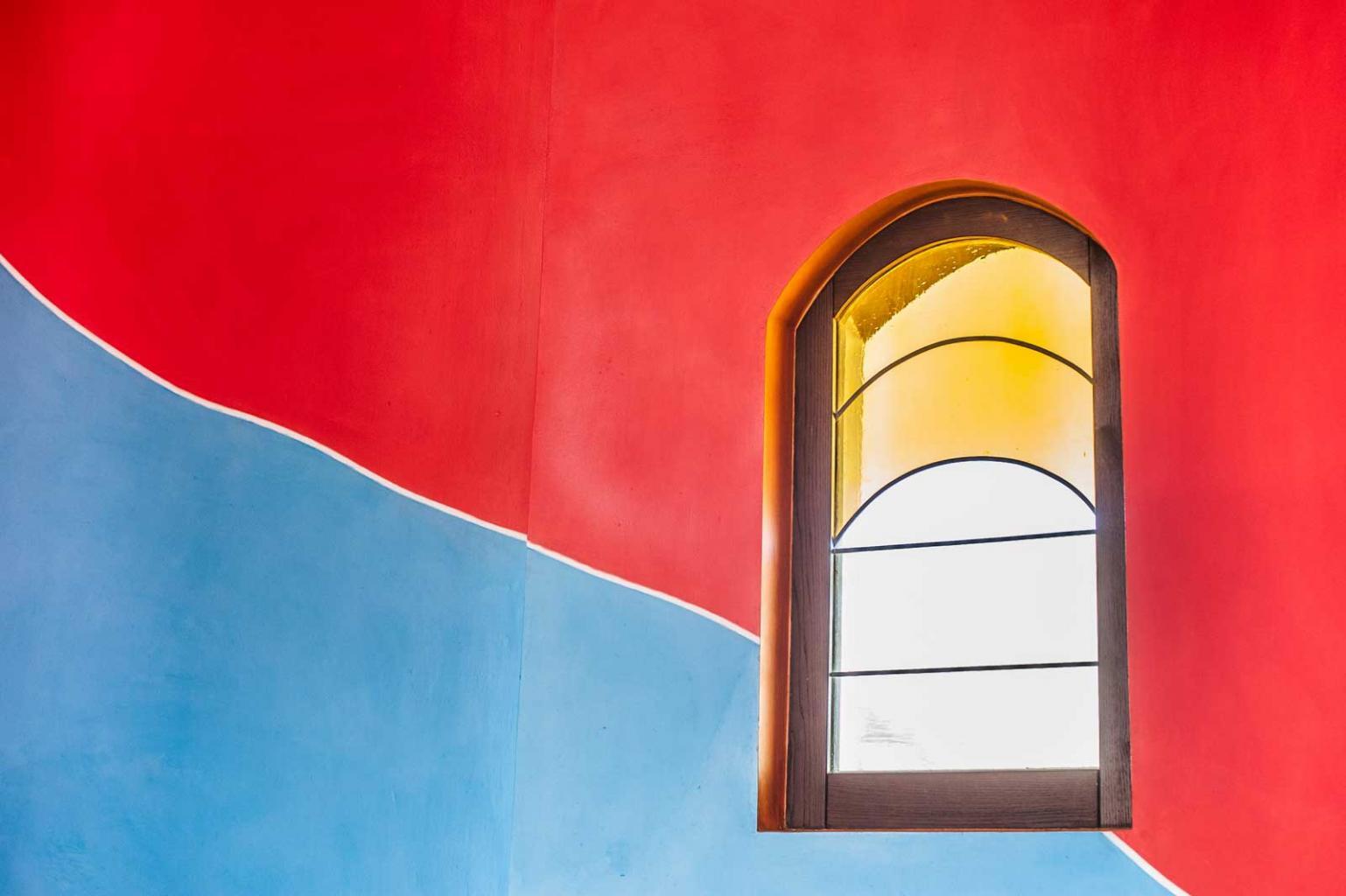
Learn about the best ways to reach Cappella delle Brunate, the ideal times to visit, and the helpful tips that will enrich your travel experience. This section will guide you on how to make the most of your visit to the chapel and the adjoining vineyards.
The Architecture of Cappella delle Brunate
The architecture of Cappella delle Brunate is a unique blend of modern artistry and religious symbolism. Situated in La Morra, near the town of Barolo in the Piedmont region of Italy, the chapel is a distinctive landmark that stands out amidst the lush vineyards that blanket the rolling hills. Constructed in 1914, the Cappella delle Brunate originally served as a shelter for those working in the vineyards. However, it was left in a state of disrepair over the years. The chapel was given a new lease of life in 1999 when it was transformed by artists David Tremlett and Sol LeWitt.
The exterior of the chapel, designed by Sol LeWitt, is an explosion of geometric patterns and vibrant colors. Stripes of blue, red, yellow, and green cover the walls in an abstract design, making the chapel a beacon in the verdant landscape.
Inside, the chapel was given an understated yet impactful transformation by David Tremlett. Soft pastel colors cover the walls, ceiling, and altar in abstract designs, creating a serene and contemplative environment. The minimalistic interior design contrasts beautifully with the vivid exterior. The Cappella delle Brunate is not only a religious structure but also a testament to modern art’s transformative power. It has become a must-visit attraction for art lovers and wine enthusiasts alike, as it represents the harmonious blend of art, spirituality, and viticulture that characterizes the region.
It’s worth noting that while the chapel is a visual spectacle, it is no longer consecrated, and no masses or religious ceremonies take place there. However, its beauty and symbolic significance continue to inspire and attract visitors from around the world.
The Surrounding Ceretto Vineyards

The Cappella delle Brunate is nestled amidst the Ceretto Vineyards, one of the most revered wine-growing estates in the Langhe region of Piedmont. Known for their exceptional Barolo and Barbaresco wines, Ceretto vineyards offer a picturesque backdrop to the vibrant chapel, enhancing its beauty and appeal. The Ceretto family owns several vineyards in the prime areas of Langhe, including the Brunate vineyard that surrounds the chapel. Brunate is renowned for producing some of the finest Barolo wines, known for their robust structure, exquisite aroma, and long aging potential.
The rolling vineyard landscape around the chapel is a sight to behold in all seasons. In the summer, the vines are lush and green, soaking up the sun to nurture the ripening Nebbiolo grapes. The autumn, marked by the grape harvest, turns the vineyards into a canvas of stunning gold and red hues. Even in winter, the sight of the bare vine rows against the chapel’s vivid colors makes for a striking view. Visitors can explore the Ceretto vineyards through guided tours that offer insight into the winemaking process, from grape cultivation and harvesting to vinification and aging. A visit to the Ceretto vineyards isn’t complete without a wine tasting session, where you can savor the estate’s top-notch wines while soaking in the magnificent views.
The combination of the unique Cappella delle Brunate, the prestigious Ceretto vineyards, and the spectacular natural landscape makes this place a must-visit destination for art enthusiasts, wine lovers, and anyone looking to experience the unique charm of the Piedmont region.
Ceretto Aziende Vitivinicole
Rating: 4.5 (Based on 239 Google reviews) About: A family-run winery bottling organic red and white wines. Known for their biologically produced wines and quality craftsmanship. Address: Località S. Cassiano, 34, 12051 Alba CN, Italia
Cappella delle Brunate
Rating: 4.3 (Based on 3,139 reviews) About: A unique artistic church with a colorful facade, located in a rural area surrounded by vineyards. A beautiful spot for photography and reflection. Address: Strada Fontanazza, 12064 La Morra CN, Italia Google Maps Link
Actions to Take:
- Plan Your Visit: Check the working hours and any special events at both locations.
- Make Reservations if Necessary: Some wineries offer guided tours and tastings, which may require advance booking.
- Dress Accordingly: Consider the weather and dress comfortably for walking, as vineyards can be expansive.
- Consider Local Dining Options: The region is known for its exquisite cuisine, so you might want to explore local dining options.
Enjoy your visit to these iconic locations in the Langhe, Roero, and Monferrato vineyards region. It promises to be an enriching experience, steeped in art, culture, and, of course, fine wine.
Why is Barolo so Special?
Wine Quality: Barolo is known as the “King of Wines and the Wine of Kings” because of its rich, complex, and robust flavor profile. The wine is made from the Nebbiolo grape, known for its complexity and aging potential.
Aging Potential: Barolo must be aged for at least 38 months (5 years for Riserva) after the harvest year. This aging imparts complexity and depth to the wine.
Terroir: The unique combination of soil, climate, and topography in the Barolo region contributes to the distinct characteristics of the wine.
DOCG Status: Barolo enjoys Denominazione di Origine Controllata e Garantita (DOCG) status, Italy’s highest designation of quality among Italian wines.
Where in Italy is Barolo?
Barolo is a town located in the Langhe region of Piedmont in Northwestern Italy. It’s situated near the cities of Alba and Asti.
What is the Meaning of Barolo Wine?
Barolo wine refers to red wines produced in the Barolo region, made from 100% Nebbiolo grapes. The name itself is derived from the town of Barolo. The wine is known for its rich flavors of cherry, tar, roses, and earthy notes, often with considerable tannins that allow it to age gracefully.
What Towns are in the Barolo Wine Region?
The Barolo wine region is divided into several communes, each with its own character. Some of the key towns include:
- Barolo itself
- La Morra
- Serralunga d’Alba
- Monforte d’Alba
- Castiglione Falletto
- Verduno
- Novello
- Grinzane Cavour
Other Nearby Attractions
Venture beyond the chapel and into the heart of La Morra and the famed Barolo wine region. Discover other vineyards of note, and attractions that offer a blend of history, culture, and delectable cuisine.
Conclusion
Wrap up with a reflection on the significance of Cappella delle Brunate in the region’s cultural landscape and its appeal to visitors. Encourage potential visitors with a final thought on this enchanting destination, with its unique blend of architectural beauty, rich history, and the allure of world-class wines.
